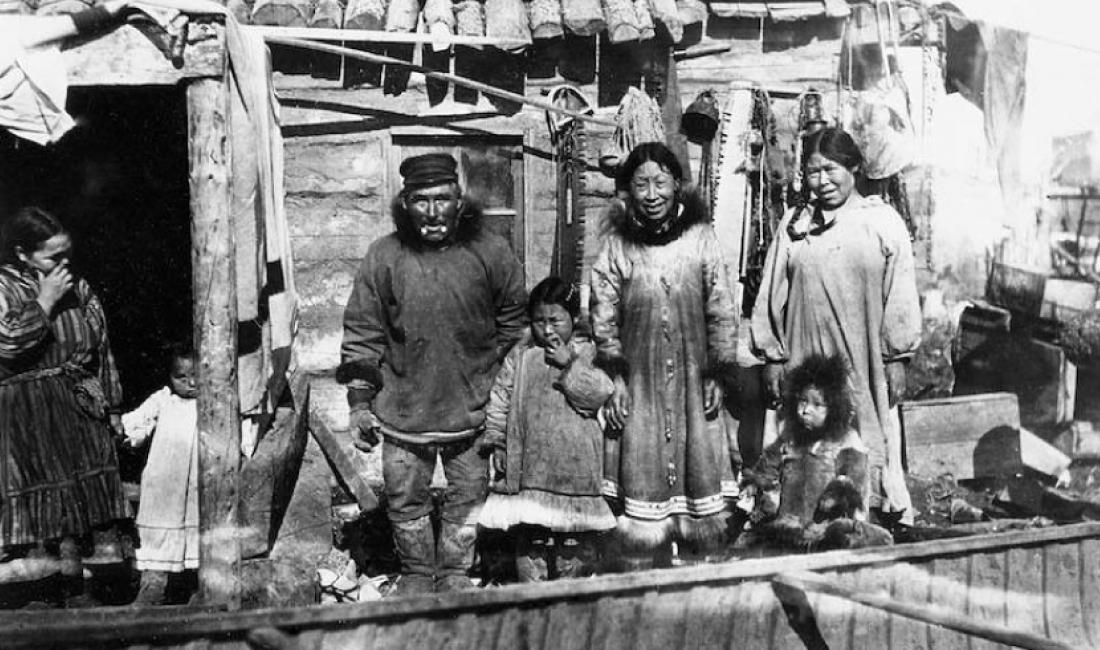
Inuvialuit History
Oral histories and archaeology give clues to a population of people who lived throughout the Arctic thousands of years ago. They have been called ‘Paleo-Inuit’, ‘Pre-Dorset’ and ‘Dorset’ by archaeologists, but the Inuit term ‘Sivullirmiut‘, which means ‘the first people’, may be more appropriate. There is much about the Sivullirmiut that is a mystery, including their relationship to Inuvialuit, as they vanished long before the direct ancestors of the Inuvialuit- the Thule people – appeared.
Archaeologists have given the name Thule to the ancestors of the Inuvialuit who spread westward from Alaska, following the migration routes of bowhead whales. They settled on the edge of the Beaufort Sea, at the mouth of the Mackenzie River, some 800 years ago. This group became known by the name ‘Siglit’, or ‘Coastal People,’ the terminology has been updated more accurately to Sallirmiut.
Archaeological sites at ancient Inuvialuit villages near the mouth of the Mackenzie River provide glimpses at how ancestral Sallirmiut Inuvialuit arose from the original Thule culture, and adapted to and thrived in their new homeland. While tools and techniques for harvesting fish, beluga whales and other resources were still prevalent, new changes followed quickly giving rise to a distinctive Sallirmiut culture.
To learn more about the history of Inuvialuit, please use: